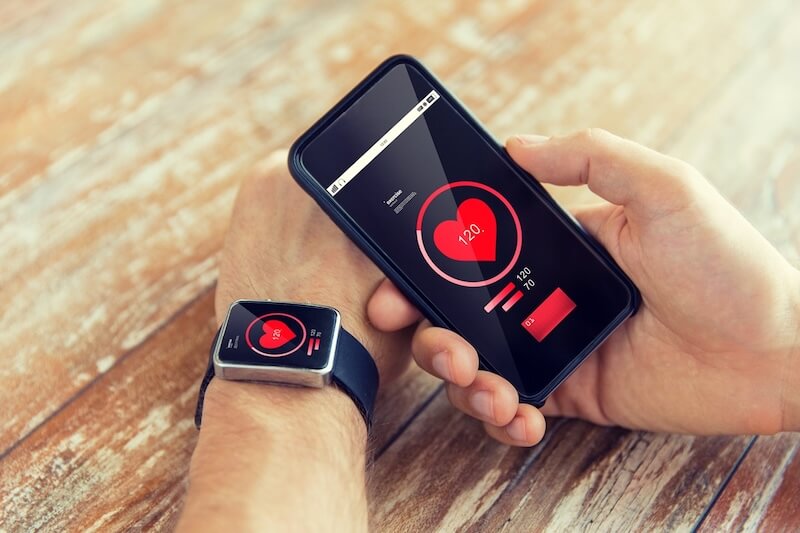The world of wearable technology is undergoing a dramatic transformation, moving beyond simple step counters and notification buzzers. The next wave of innovation focuses on creating realistic tactile sensations, bridging the gap between the digital and physical realms. This emerging field promises to revolutionize how we interact with technology, offering immersive experiences and practical solutions across various industries.
Recent breakthroughs have paved the way for sophisticated haptic devices capable of replicating a wide range of tactile sensations. Instead of basic vibrations, these advanced systems can simulate pressure, texture, stretching, and even temperature. This level of realism is achieved through innovative actuators and sensors that mimic the complex mechanisms of human touch.
One exciting development involves smart gloves equipped with haptic sensors. These gloves allow users to "feel" and manipulate virtual objects with unprecedented realism. By combining force feedback and vibration motors, they can simulate different textures and weights, significantly enhancing virtual and augmented reality experiences. Imagine surgeons practicing delicate procedures in a virtual environment, feeling the resistance and pulsation of tissues as if they were operating on a real patient. Or picture gamers fully immersed in a virtual world, feeling the impact of every explosion and the texture of every surface.
Beyond gloves, researchers are exploring haptic textiles embedded with micro-actuators. These textiles can provide touch sensations across larger areas of the body, opening up new possibilities in sports training and fashion. Athletes could receive real-time feedback on their movements, while online shoppers could "feel" the fabrics of clothing before making a purchase. Google's Project Jacquard is even exploring integrating conductive yarns into everyday garments, turning clothing and furniture into interactive interfaces.
The potential applications of this technology extend far beyond entertainment and retail. In healthcare, haptic feedback is revolutionizing medical training, robotic surgery, and rehabilitation. Medical students can practice complex procedures with realistic tactile feedback, improving their skills and reducing the risk of errors. Surgeons can perform remote operations with greater precision, feeling the texture and resistance of tissues through robotic instruments. And physical therapy patients can use wearable devices to guide their exercises and receive real-time feedback on their form.
Another promising area is accessibility. Haptic technology can help individuals with visual impairments navigate their surroundings and access information. By translating visual information into tactile sensations, these devices can provide a new way to "see" the world. Northwestern University engineers, for example, have developed a device that can reproduce the feeling of different textures on flat screens, enabling visually impaired individuals to shop online and access digital content more easily.
Despite these advancements, several challenges remain. Creating haptic devices that are lightweight, comfortable, and energy-efficient is crucial for widespread adoption. Replicating the full complexity of human touch, which involves a variety of mechanoreceptors with different sensitivities and response characteristics, is also a significant hurdle. Furthermore, developing standardized interfaces and protocols for haptic feedback is essential for ensuring compatibility and interoperability across different devices and platforms.
Looking ahead, the future of wearable haptic technology is bright. As researchers continue to push the boundaries of materials science, engineering, and neuroscience, we can expect even more sophisticated and realistic tactile experiences. This technology has the potential to transform how we interact with the digital world, offering immersive experiences, practical solutions, and enhanced accessibility for all. From virtual reality to remote healthcare, the possibilities are endless, promising a future where touch plays an increasingly important role in our lives.

















